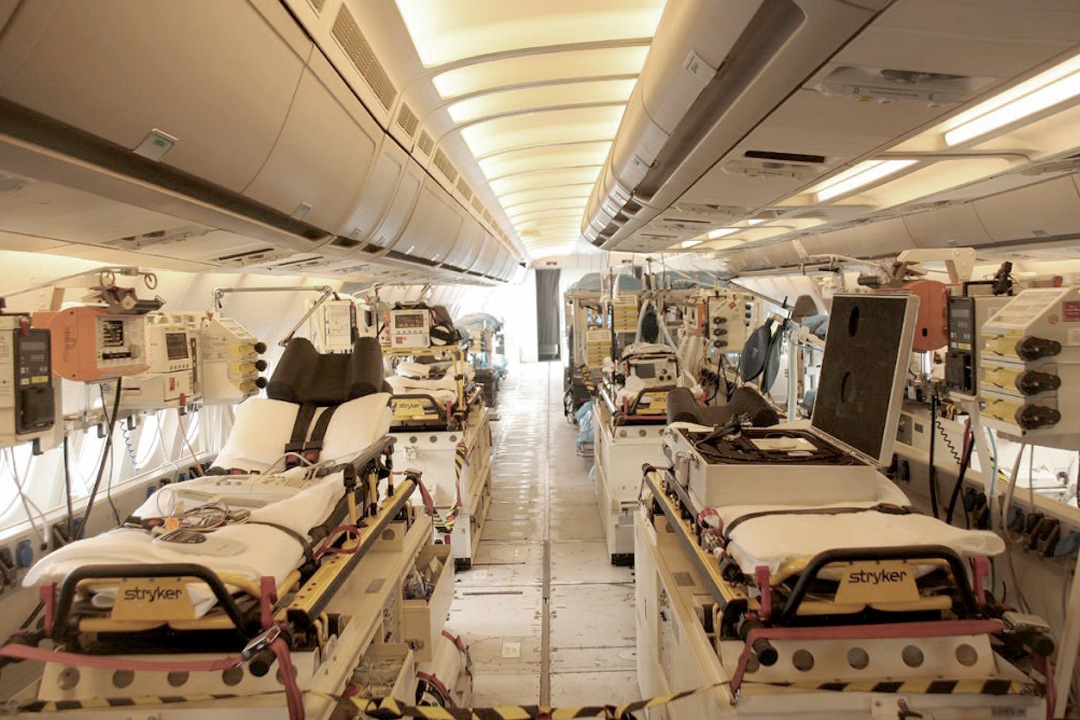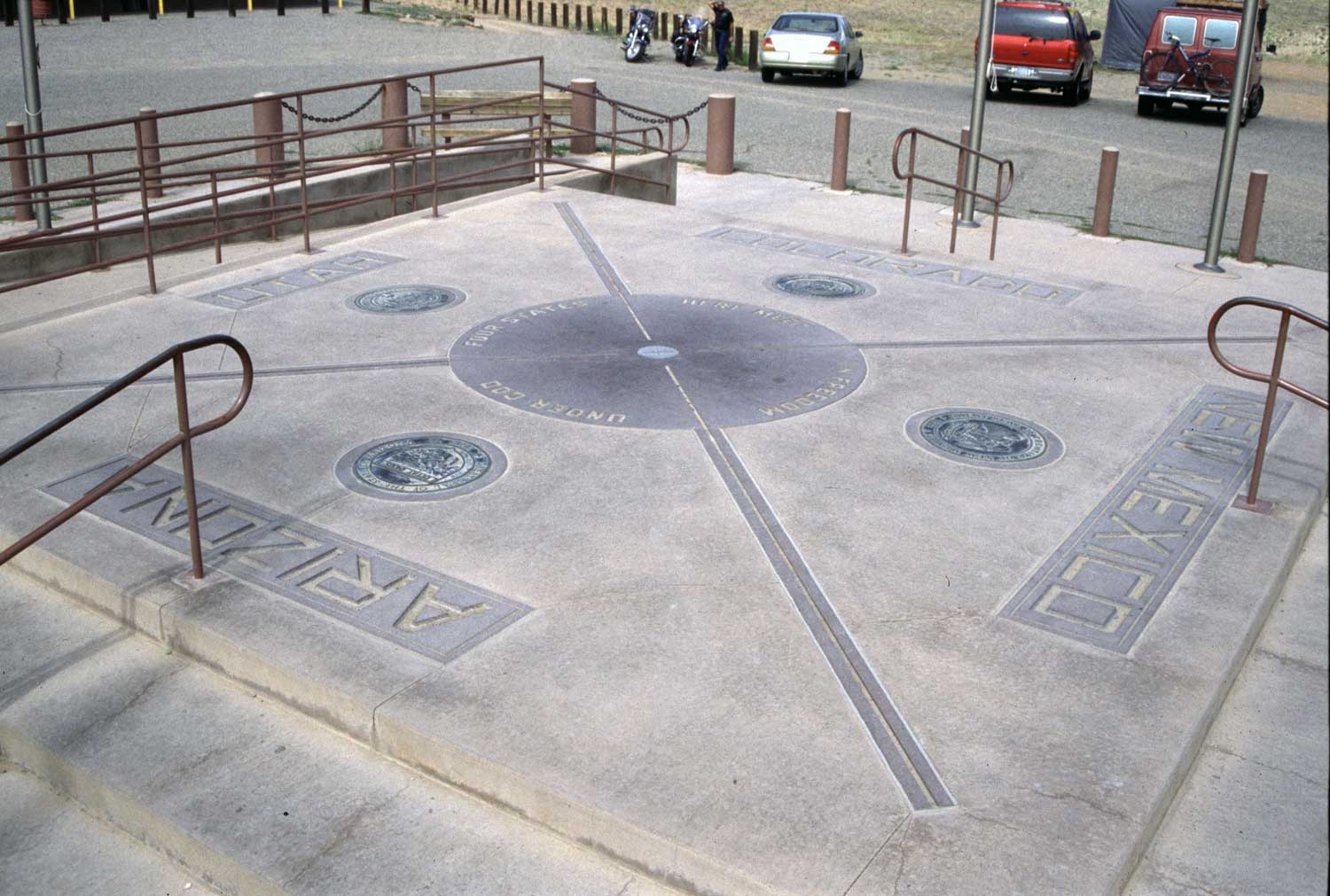
Safety in Medevac and Hems of healthcare workers with routine dpi with Covid-19 patients
The safety of healthcare workers in air medical transport (Medevac and Hems) of Covid-19 patients is the subject of a very recent publication in the Journal of the American College of Emergency Physicians Open – Wiley Online Library. Specifically those using routine PPE.
The safety of healthcare workers when treating Covid-19 patients: a study on Medevac and Hems in the USA
This is a very important issue in other countries too, given the high number of infections and deaths that have unfortunately been recorded in these months of pandemic: the experience, therefore, in the USA may be particularly interesting.
Air medical transport of patients with known or suspected coronavirus disease 2019 (COVID‐19) likely represents a high‐risk exposure to crew members as aircraft cabins are quite small resulting in close personal contact.
The actual risk to medical crew members is not known.
The Centers for Disease Control and Prevention (CDC) reported 120,467 cases of coronavirus disease 2019 (COVID‐19) among US health care personnel with almost 600 deaths.
Air medical transport is a unique and challenging infection control environment because of the close physical proximity of air medical personnel to the patients in confined spaces with variable ventilation.
The isolated Four Corners region of the southwestern United States was hit particularly hard with COVID‐19 and the tertiary care resources are located at a substantial geographic distance.
 This distance resulted in many requests for air medical transport using both rotor‐wing helicopters (RW) and fixed‐wing (FW) aircraft.
This distance resulted in many requests for air medical transport using both rotor‐wing helicopters (RW) and fixed‐wing (FW) aircraft.
The authors ( The University of New Mexico ) conducted an institutional review board‐exempt, retrospective study of air medical transport of patients with known or suspected COVID‐19 by 8 programs in the Four Corners Region to determine the number of symptomatic COVID‐19 among air medical crew members compared to total exposure time.
All programs used similar routine personal protective equipment (PPE), including N‐95 masks and eye protection.
Total exposure time was considered from time of first patient contact until handoff at a receiving hospital.
Results of the Hems and Medevac study with Covid-19 patients in the USA
“There were 616 air transports – write the authors in their scientific publication -: 62% by fixed‐wing and 38% by rotor‐wing aircraft between March 15 and September 6, 2020.
Among transported patients, 407 (66%) were confirmed COVID+ and 209 (34%) were under investigation.
Patient contact time ranged from 38 to 432 minutes with an average of 140 minutes.
The total exposure time for medical crew was 2924 hours; exposure time to confirmed COVID+ patients was 2008 hours.
Only 30% of patients were intubated, and the remainder had no oxygen (8%), low‐flow nasal cannula (42%), mask (11%), high‐flow nasal cannula (4.5%), and continuous positive airway pressure or bilevel positive airway pressure (3.5%).
Two flight crew members out of 108 developed COVID that was presumed related to work.
Conclusions of the US healthcare worker safety study on air medical transport of Covid-19 patients
Air medical transport of patients with known or suspected COVID‐19 using routine PPE is considered effective for protecting medical crew members, even when patients are not intubated.
This has implications for health care personnel in any setting that involves care of patients with COVID‐19 in similarly confined spaces” .
emp2.12389Read Also:
MEDEVAC In Italy, Main Complications And Treatments In Critical Patients Transport?
HEMS, ADAC Air Rescue Project In Germany For Transporting Patients In Need Of Blood By Helicopter


